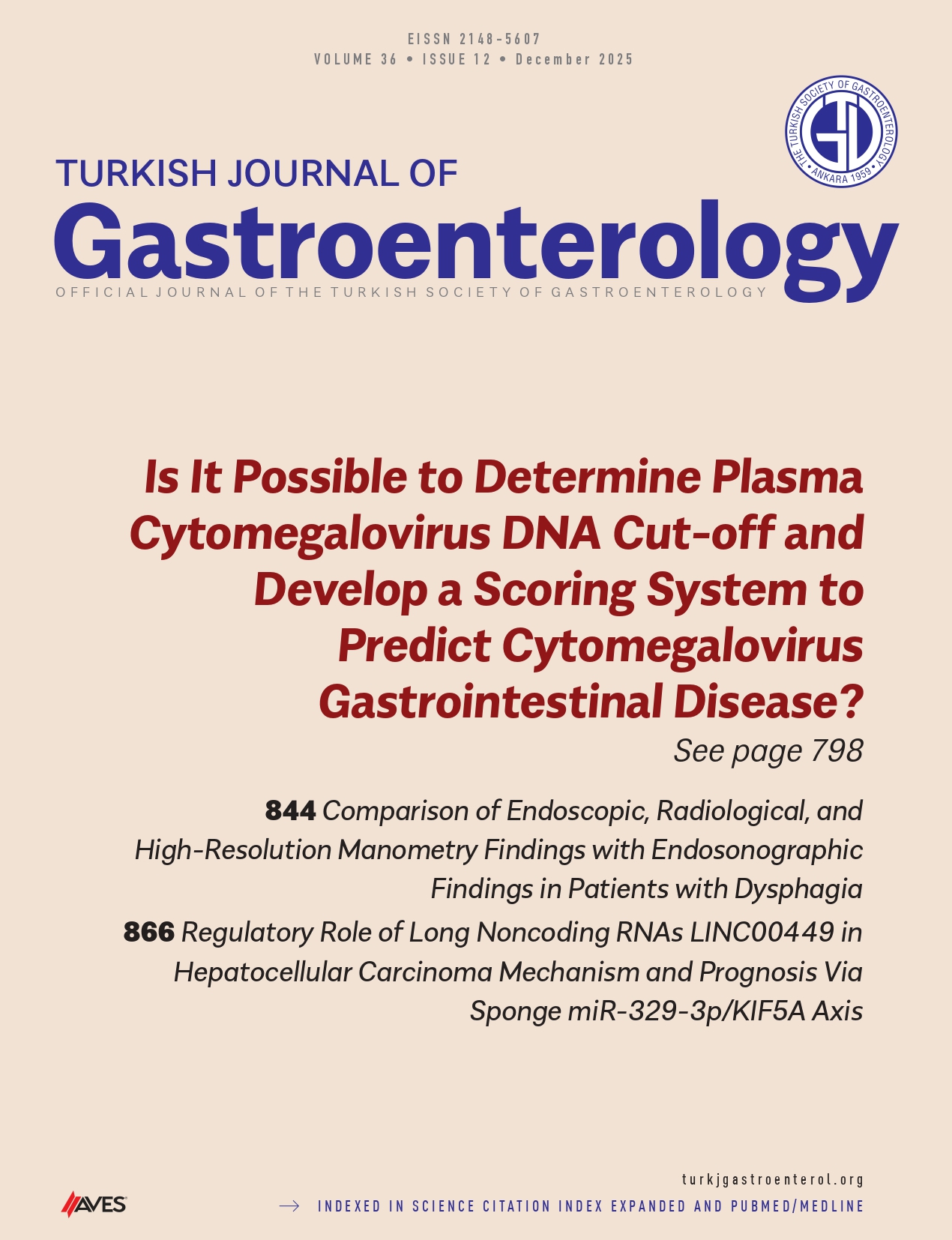Abstract
Background/Aims: Several guidelines recommend the use of tenofovir or entecavir as the first-line treatment for hepatitis B due to the lower resistance rates of these drugs than lamivudine, although lamivudine may still be preferred because of its low adverse effect profile and cost. It is important to know which patients might benefit from lamivudine as the first-line treatment. We aimed to assess the success rates of lamivudine, entecavir, and tenofovir, as well as the resistance rates, frequencies of HBsAg clearance, and risk factors for lamivudine resistance.
Materials and Methods: A total of 191 patients with chronic HBeAg-negative hepatitis who were treated with lamivudine, entecavir, or tenofovir were included. Predictors of resistance to lamivudine were analyzed.
Results: The cumulative first-, second-, third-, fourth-, and fifth-year rates of virologic breakthrough during extended lamivudine therapy were 24%, 30%, 38%, 46%, and 54%, respectively. The rate of undetectable DNA at the 60th month of those who took lamivudine was 51%. Cox regression analysis revealed that positive HBV DNA at the sixth month (HR=15; 95% CI: [7.1–33], p=0.001), being aged 41 years or more (HR=3.4; 95% CI: [1.8–6.4], p=0.001), and baseline HBV DNA of 170,500 IU/mL or higher (HR=2.1; 95% CI: [1.2–3.7], p=0.01) were independently associated with the development of resistance to lamivudine.
Conclusion: In HBeAg-negative chronic hepatitis B, baseline serum hepatitis B virus DNA levels exceeding 170,500 IU/mL, partial virologic response in the sixth month, and age of 41 years or more were independent predictors for virologic breakthrough. Moreover, 2% of these patients cleared HBsAg.




.png)
.png)